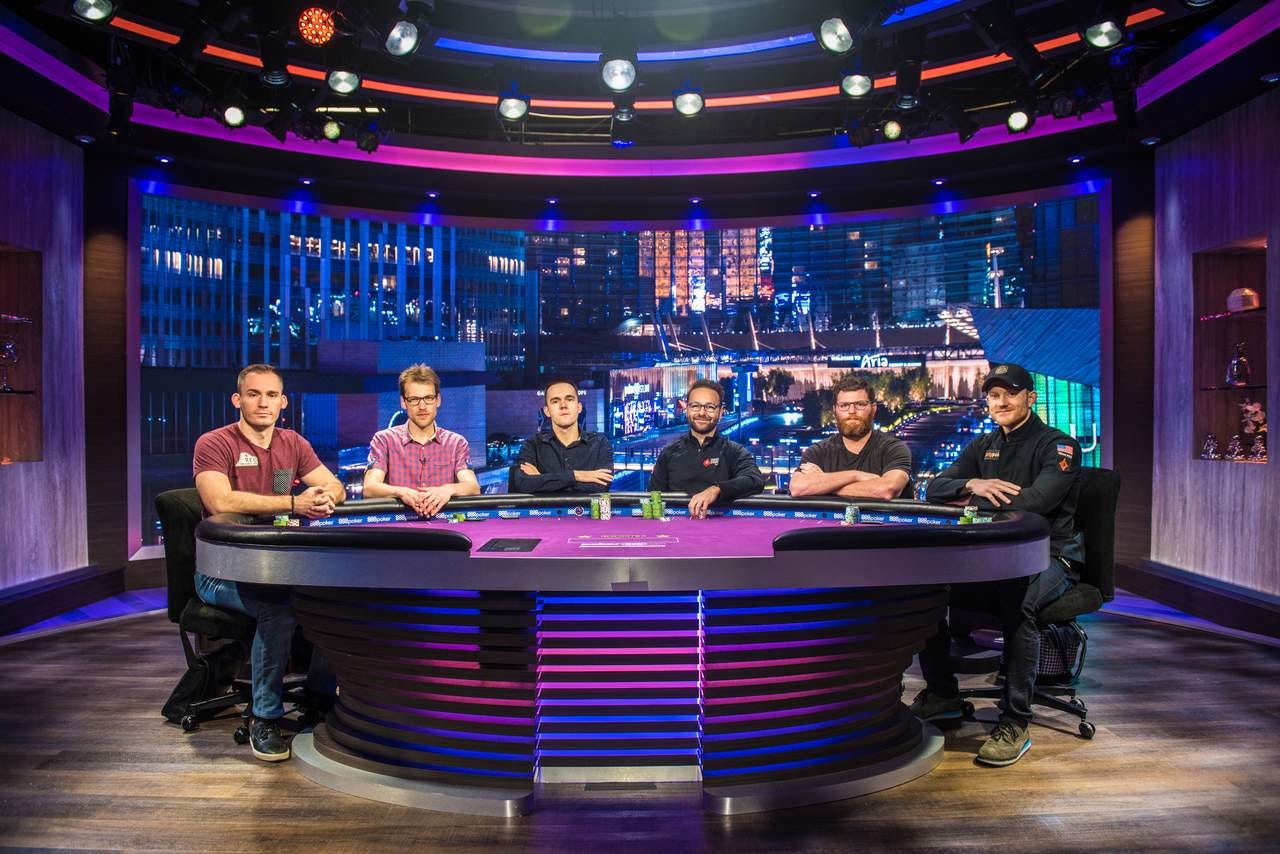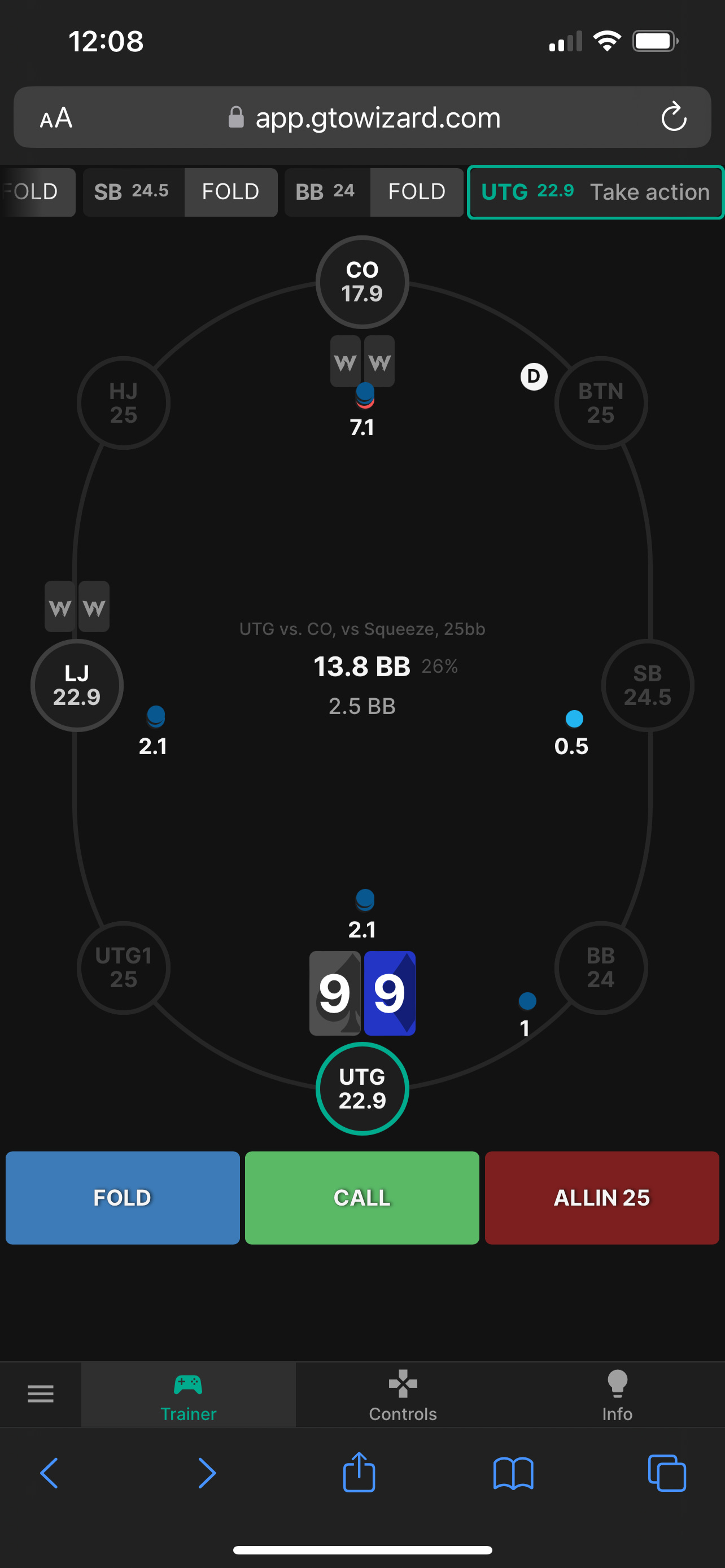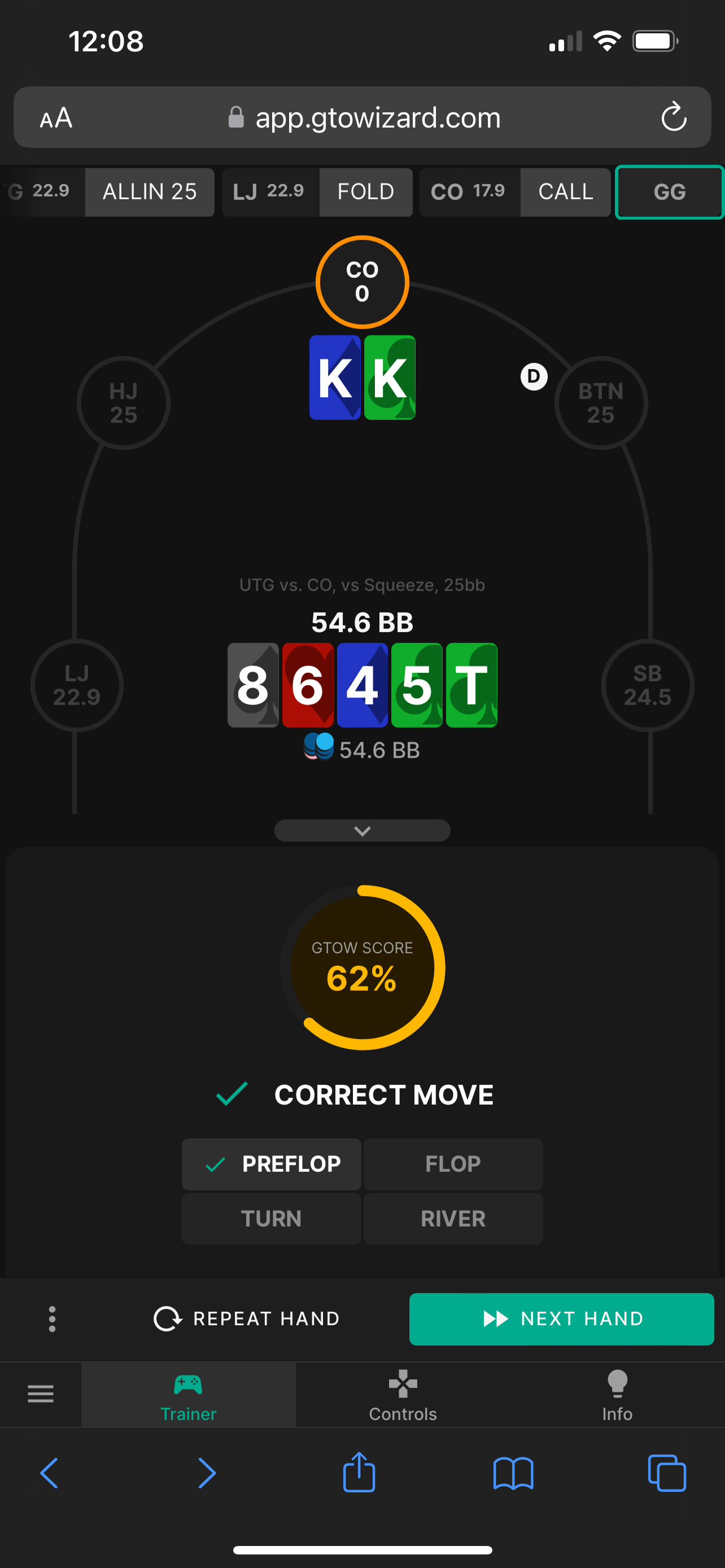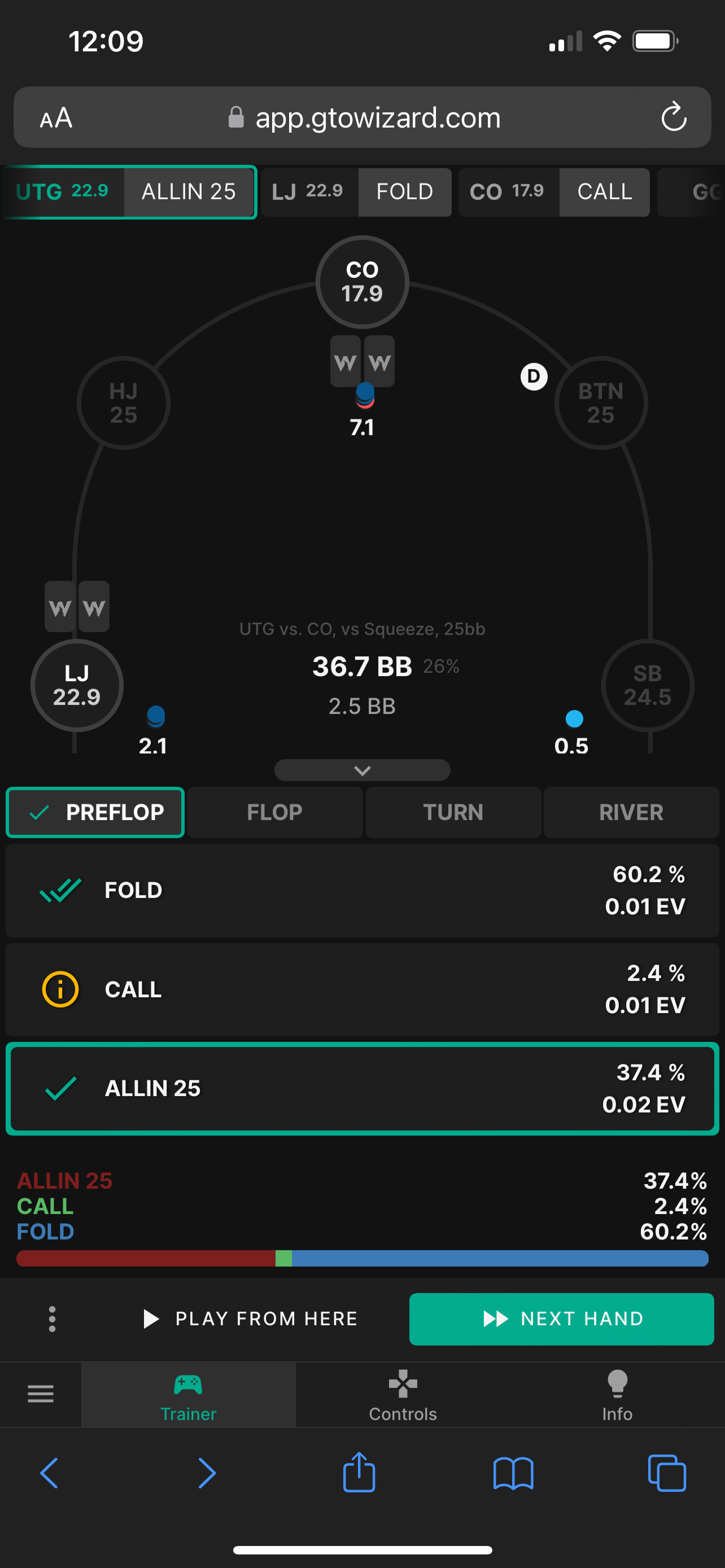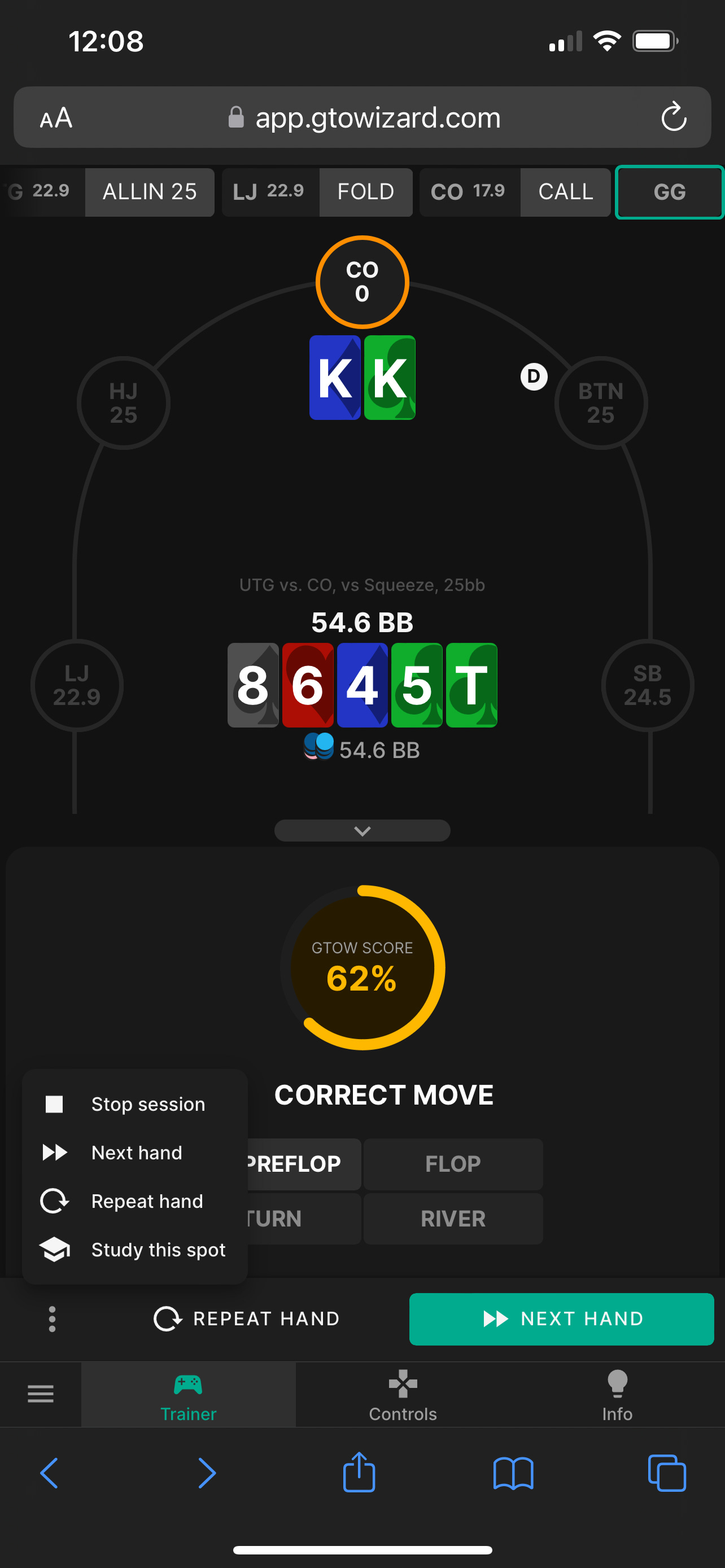Practical learning
Poker theory articles and videos can be a drag. Many people learn better practically instead.
This post has affiliate links
Slogging your way through a theory video or article, mired in spreadsheets and solvers, talking about theoretical scenarios and looking at hands from 10 different angles is not for everyone. Admittedly, if I decide to tackle one of these near bedtime, it’s a pretty good bet I’ll be asleep before I can finish.
But learning theory is really important for understanding the root of how and why decisions are made in poker. With a good theoretical understanding of poker strategy, you can apply your learnings to a wide range of poker scenarios, vs only being able to play the few that you have memorized.
So is it ok if we skip the theory part and go right to the practical part? Well, doing lots of practical learning is better than doing almost no theoretical learning, so seems like a good trade-off to make. But what exactly is practical learning?
It’s a method of learning (not just for poker), where you use real life examples and scenarios to learn from. An example might be teaching a child math by having them make change at the store, vs slogging their way through math equations. In a similar vein, learning practically in poker can include taking actual hands that you played and going over them with a coach, or watching someone knowledgeable analyze a poker game on stream. As a matter of fact, one big learning milestone for me in tournament poker was when Nick Shulman first started commentating on Poker Go. Here is also a great example of a practical learning video from Fedor Holz.
But how else can we learn practically? Taking notes of the hands you play and checking them in a solver certainly counts. But one other great way is the trainer tool on GTO Wizard. The trainer tool presents you with some actual hands and has you play them out, and then scores you on how well you did. You can then also take each hand and break it down further to learn more. To find the Trainer tool, go to the bottom left and click the menu icon. You will see a link for “Trainer”, which takes you to the tool. Here is a hand example, you have 25bb effective, and raise with 99 UTG, and are faced with a 3B in the cutoff. What should you do?
I decided on an all-in, and was met with a “Correct move”, which is an ok answer, but not the best answer (which has a response of “Best move”).
So what was the best move here? Looks like a fold would have been the best move!
if you click the menu icon on the bottom left again, you will see an option for “Study this spot”.
This will open up a familiar screen for those already using GTO Wizard, which allows you to analyze the range of hands for a spot. If you look at 99, you can see how it’s mostly and fold and just sometimes a jam (and never a call). But what else do you see? AQo and KQs are a pure fold, AJs almost a pure fold, 88 is a pure fold, TT is a pure jam. A5s is 50/50 between fold and jam. It’s this type of curiosity and extrapolation that will help you understand more deeply what to do in a wide range of spots.
I find the trainer tool to be a lot of fun, and way more fun than just cramming theory videos over and over again. I find myself going through way more spots with the trainer tool than finding hand scenarios to analyze by myself. So it’s a great learning method.
Without theory though, you will have a lot of blind spots, and may not have the depth of understanding that others will. But if learning practically actually makes you want to learn, that is honestly better than not studying at all. So give the trainer tool a shot!
There is also an app dedicated only to training like this, which is DTO Poker. I do prefer the GTO Wizard one just because of how I can analyze spots with their best in class range interface. But give both of them a try!
So get out there and learn practically if that’s your thing. Just getting more education under your belt will be the best way to improve as a poker player.
Get 10% off GTO Wizard with my link!


